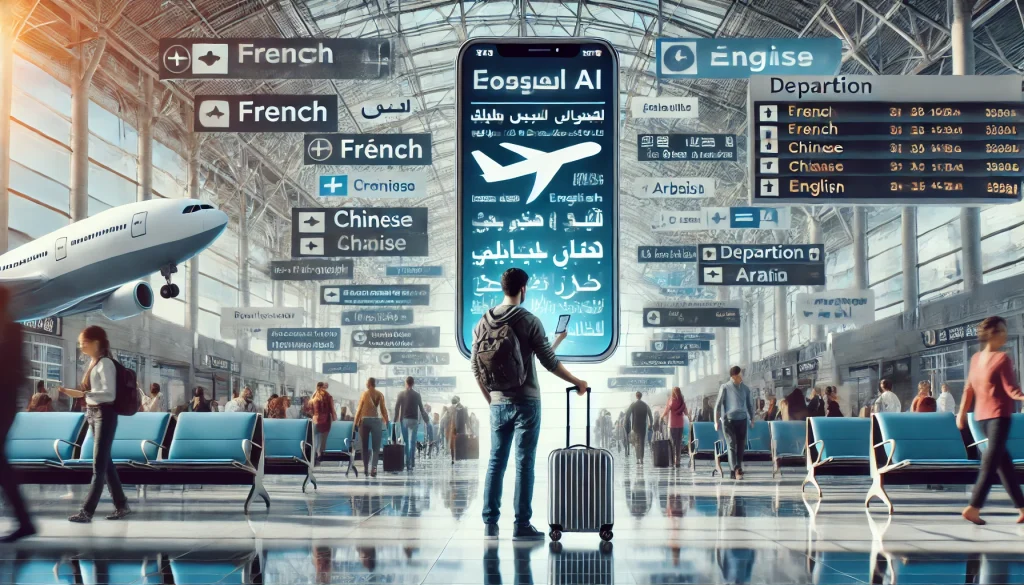Like everyone, I have used generative AI in an academic setting for writing papers, to brainstorm ideas, ask basic questions, or even create an image for this specific blog. Upon reflection, I realized I also used it a lot while traveling.

At the start of this year, I went solo-backpacking in Central America for 3 months. As you might know, Spanish is the official language throughout the region (except in Belize), and it’s actually quite uncommon for locals to speak English.
Before setting off, I spent a few months practicing Spanish on Duolingo and followed it up with a three-week language course in Nicaragua when I started travelling. That gave me a solid foundation, but there were many moments where I found myself using the Google translate app. I could take pictures, speak into my phone or type out a text and get a direct translation within seconds. This helped me for basic vocabulary questions but also facilitated things during my Costa Rica/Panama border crossing where I had to sign a 5 page document as well as answering very technical questions during my Nicaragua/Costa Rica border crossing, all in Spanish. I also found myself using it a lot when communicating at shops or bus stops, or when people started small talk with me to know more about myself or my travels.
Honestly, I don’t think I would have felt as comfortable and confident traveling alone without Google translate while not having perfect fluency in Spanish. Safety wise, knowing I could break down the language barrier instantly and understand key information, provided real peace of mind. Plus, having the app gave me more courage to engage with others, especially in those moments when I understood what someone was asking but didn’t have the exact vocabulary to respond.
However, while Google Translate was a huge help, I started noticing how much I relied on it. I wonder if I could have learned more Spanish without it, especially through practicing it more in real life settings and expanding my vocabulary. For instance, instead of gradually learning to decipher menus, I found myself taking a picture and getting an instant translation. Or when I encountered a word that I had learned but forgotten, I skipped the mental effort of recalling it and just looked it up instead.
Additionally, using an intermediate translator does also take out the magic of interacting with others in their own language. I could agree that this is also part of traveling, especially in Central America where English is not as common (a lot less than you expect). Relying too much on a translation tool can take away from the authenticity of those moments, and I can see how it might encourage some travellers to put in less effort when learning the language.
Overall, I think Google Translate (or any translation app) is a great tool, especially for solo travellers, but I’d still recommend putting in the effort to learn the language, it’s really worth it.

